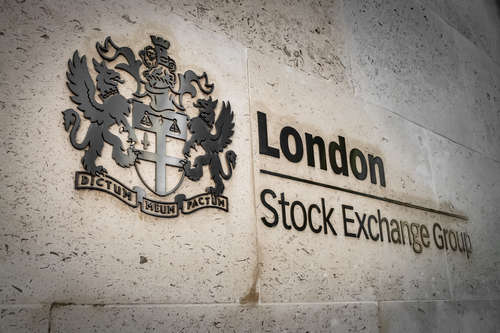Short-term Momentum
This award-winning paper documents a striking pattern in international stock markets.
In the paper Short-term Momentum the researchers document a striking pattern in the U.S. and 22 international stock markets: Double-sorting on the previous month’s return and share turnover generates reversal of 17% p.a. for low-turnover stocks but momentum of 16% p.a. for high-turnover stocks. These findings are rationalised in a simple equilibrium asset pricing model in which turnover arises as a measure of disagreement between informed and uninformed investors.
While the literature has documented reversal in short-term returns (up to one month) but momentum in longer-term returns (2 to 12 months), this research shows that reversal and momentum can coexist even at short horizons of one month, and that disagreement is the key underlying driver of this finding. In the model presented in this paper, high disagreement is associated with gradual diffusion of private information about fundamentals, which generates momentum, whereas low disagreement indicates non-informational (liquidity) trading, which generates reversal.
Extensive testing is provided to trace out the model’s mechanism and to demonstrate the robustness of the results. It was found that turnover-weighted returns forecast firms’ future fundamentals; that short-term momentum is strongest for firms with high disagreement among analysts; and that seasonal variation in the degree of liquidity trading affects short-term momentum returns as predicted by our model. Moreover, the research shows that short-term momentum is at least as strong and as persistent as conventional momentum; that it is not explained by standard risk factors (including conventional momentum); that it is strongest among the largest and most liquid stocks; that it is not wiped out by transaction costs; and, finally, that it is less subject to crash risk compared to conventional momentum.
Mamdouh Medhat and Maik Schmeling won first prize for their paper Short-term Momentum at the 2018 Fall Chicago Quantitative Alliance annual conference. The paper is available for download at SSRN.




